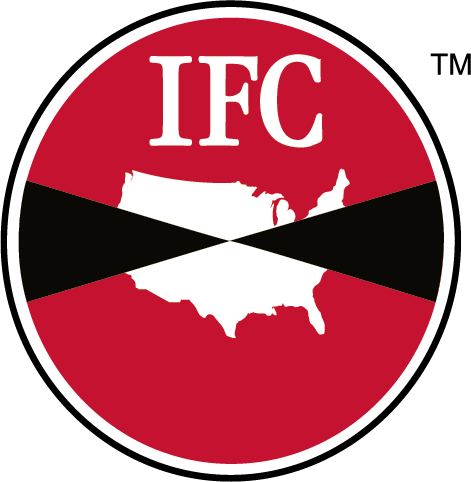With an Integrated Pest Management (IPM) program, you need strategies that eliminate pests and ultimately create an environment to keep them away. Pests, and the contaminants they can transmit, create many challenges for the food industry, which is why keeping your facility free of pests is critical to the success of your organization and brand. Below, we pulled together a few sanitation and maintenance tips to help you propel your IPM pest control program forward.
Proactive Strategies for IPM Pest Control
Certain pests are more active and therefore are more of a challenge during certain times of the year. This is why you should get ahead of potentially troublesome pest cycles. By setting up proactive strategies, you will be one step ahead of the pests causing issues, stopping them before they become an infestation.
Be Prepared for Immediate Response
While service providers respond as soon as possible to all calls, you should be ready for a problem before it escalates to a critical situation. By assembling an emergency kit of certain products that can be used in-house, you can respond immediately to common potential pest risks. For example, you can set up mist nets quickly in a bird’s flight path to entrap birds that find their way indoors. For rodents, you can rapidly place long rolls of glue paper or use standard glue boards to isolate pallets or areas where a rodent has been spotted or suspected to be as a method to quickly trap it.
Make the Best Use of Available Downtime
Downtime is the perfect time to take the extra steps needed to do repairs, eliminate harborage areas, and perform deep dive sanitation where needed. It is beneficial to use reports and graphs of pest activity from your monitoring data to help identify potential trouble spots that need attention and to take proactive action during this beneficial downtime window.
Train Employees to Keep an Eye Out for Pests and Evidence
The more eyes that are looking for pest activity or conducive conditions the better. Who is better to be keeping an eye out for pest activity than the employees positioned throughout the facility? Be sure to provide training on what to look for and on the pest sighting log locations so that these will be readily accessible to your team. Make this part of the pest management program and review these logs frequently with your pest management professional.
Keep Pests Out and Seal Cracks or Gaps
Fix all doors that don’t close properly or areas where there are gaps. Make sure to properly seal any cracks or crevices. A tremendous amount of insect and rodent issues can be traced back to openings to the outdoors. This could be expansion joints in concrete floors, floor-wall junction cracks, or cracks at the edge of panels or other building materials. You can create a list of all cracks, gaps or holes and track your progress in getting them repaired.
By following these strategies, your IPM pest control program will be more effective and you will see a big difference in reduced pest activity at your facility and reduced risk.
Considering the pest risks in the food processing industry, having a high quality IPM program in place and provided by a trusted team is crucial to your overall success. With over 85 years of experience, IFC is an expert in the food industry. Our highly trained pest management experts use targeted strategies, products, and methods to help ensure that facilities and products are protected and pest-free.


